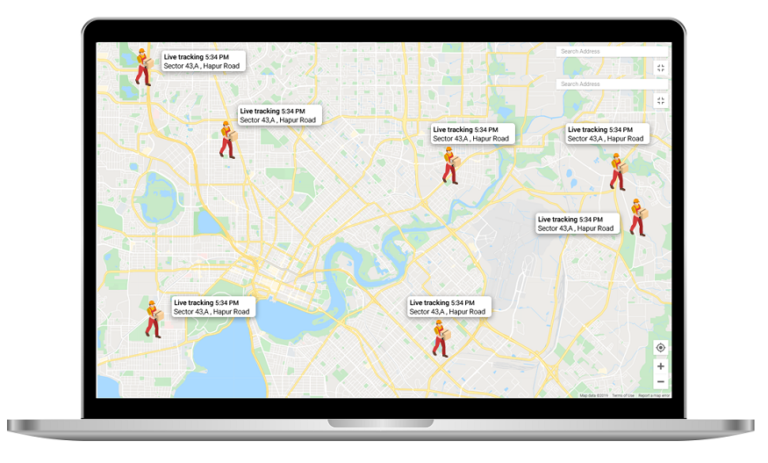Running a mutual fund comes with a host of responsibilities, from investment management to administration to investor communications.
Generally, there are three cost categories related to these tasks:
1. Management expense ratio
The MER represents the fees charged for managing the money invested in a mutual fund. It is the total of the fund’s management fees, operating expenses and taxes in a given year. To learn more, check out this article on the anatomy of the RFG.
2. Trading expense ratio
The TER represents the amount of trading commissions paid when the portfolio management team buys or sells equity securities (shares) of a fund. Already published in regulatory documents such as the Management Report of Fund Performance, the RFO is also included in the Fund Facts, which must be provided at the point of sale. To learn more, check out this article on the anatomy of the RFO.
3. Subscription fees
Sales charges may be charged to an investor who buys or sells units or shares of a mutual fund. These are separate fees from the MER and should not be confused with trailing commissions which are part of the management fee.
The three types of sales charges applicable to mutual funds are as follows:
No acquisition or cancellation fees
No sales charges are paid when buying or redeeming units of a no-load or termination charge fund.
With acquisition costs
Sales charges are sales charges paid when buying a fund and are expressed as a percentage of the amount you invest (ranging from 0% to 5%).
Termination Fee
In the case of termination fees, you do not pay a subscription fee at the time of purchase; rather, the mutual fund company pays the sales charge to the company the advisor works for. However, if you sell your units before the end of the prescribed period, you will pay a redemption fee to the fund company.
Deferred Sales Charge (DSC): These are the most common termination charges. The surrender charge rate gradually declines to zero, most often over a period of six to seven years. Typically, the amount paid by the fund company to the advisor at the time of purchase is around 5%.
Low load: These are similar to deferred sales charges, except that the redemption fees are lower and gradually reduce to zero over a shorter period of two to three years in general. The amount paid by the fund company to the advisor at the time of purchase can be between 1% and 3%.You have several investment options to achieve your financial goals. Whichever investment you choose, it is important that you know the associated costs and their impact on your investments.
As an investor, mutual funds offer you many benefits, including professional management, investment diversification, easy access to your money, and convenience. For many investors, mutual funds offer all of these benefits at a fraction of the cost of building a portfolio of individual investments. However, not all mutual funds have the same fee structure and the costs of some funds will affect your performance more than others.
The following information will help you better understand the costs of investing in mutual funds so you can make informed decisions and get the full value of your investment.












+ There are no comments
Add yours